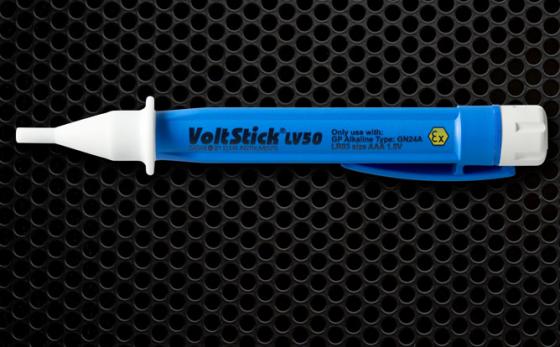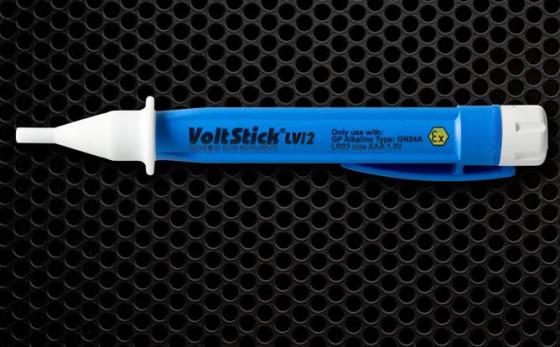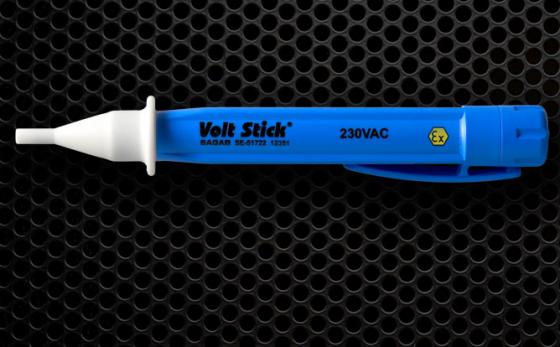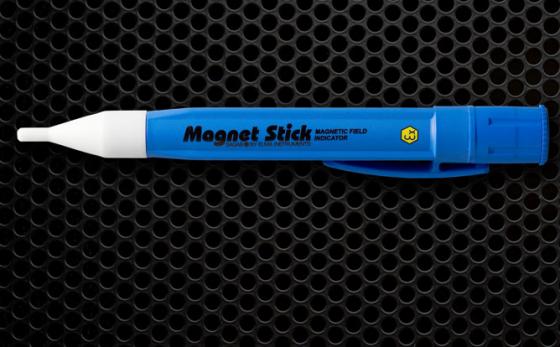What is ATEX Approval?
ATEX is an abbreviation for the French ATmosphères EXplosibles and is the formal name given to the two European Directives for controlling explosive atmospheres. We take an in-depth look at ATEX Approval and its requirements for equipment in hazardous areas.
What is an explosive atmosphere?
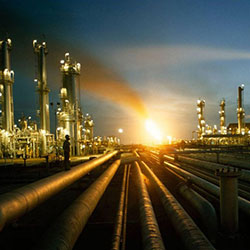 An explosive atmosphere can be caused by a variety of substances and chemicals in the air, such as flammable gases, mists or vapours or by combustible dust. If enough of a flammable substance is mixed in the air, then an ignition source (even a simple spark), can easily cause an explosion.
An explosive atmosphere can be caused by a variety of substances and chemicals in the air, such as flammable gases, mists or vapours or by combustible dust. If enough of a flammable substance is mixed in the air, then an ignition source (even a simple spark), can easily cause an explosion.
Where are explosive atmospheres likely to occur?
A wide variety of workplace environments are likely to contain explosive atmospheres, with some more hazardous than others. Examples of high risk areas include gas and petrochemical plants, paint and chemical manufacturers and users, petrol stations and workplaces handling fine organic dusts such as grain flour or wood.
Such high risk working environments will, of course, be protected by highly detailed risk assessments, safety rules and regulations, including what types of fixtures, electrical equipment and devices can be used on site. In such volatile environments, ensuring any equipment brought onto site is intrinsically safe (also known as ATEX approved) would be expected to be mandatory.
What does intrinsically safe mean?
'Intrinsically Safe' is the name given to equipment designed for use in hazardous environments / explosive atmospheres. Due to the high levels of combustible substances in these areas, it is essential that any equipment used is guaranteed not to cause a spark or reach a high temperature (which could easily ignite the explosive atmosphere causing an explosion).
If any equipment or devices (particularly electrical / electronic) are not intrinsically safe, they should be assumed to be capable of causing a spark and must not be brought onto site in explosive atmosphere environments. A product / device cannot simply 'self certify' as intrinsically-safe and must feature the ATEX / Ex approval to confirm official certification.
What is ATEX Approval?
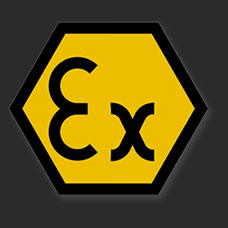 ATEX is the European certification given to equipment tested and approved to be intrinsically-safe.
ATEX is the European certification given to equipment tested and approved to be intrinsically-safe.
There are two European Directives in place for the control of explosive atmospheres:
- Directive 1999/92/EC (also known as 'ATEX 153' or the 'ATEX Workplace Directive')
- Directive 2014/34/EU (also known as 'ATEX 114' or 'the ATEX Equipment Directive')
If a product / piece of equipment has official ATEX certification, it has been fully tested and approved to be safe to use in hazardous / explosive atmospheres. ATEX approved equipment must show the official 'Ex' logo shown here.
Remember, if an electrical / electronic device does not have ATEX approval and does not feature the Ex logo shown, it must not be used or brought onto site in explosive atmosphere areas.
What Is IECEx?
ATEX is based on European Directives and IECEx is the IEC's system for certifying equipment for use in Explosive Atmospheres. IECEx uses quality assessment specifications based on international standards prepared by the IEC. The main distinction between ATEX and IECEx lies in their geographical scope, with ATEX applying to EU countries and IECEx certification being accepted worldwide. ATEX certification is specific to the EU, while IECEx certification has global acceptance. Both ATEX and IECEx aim to ensure the safety and reliability of equipment used in Explosive Atmospheres.
What do the ATEX and IECEx markings on a Volt Stick mean?
Marking |
Description |
|
|
European CE-mark, meaning that the product fulfils all minimum health and safety requirements given in European directives which applies to the product. |
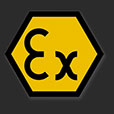 |
European Explosion protection mark, meaning that the product may be used in areas where there is an explosive atmosphere present, limited to the use given according to the marking given below. |
|
|
IP64 Ingress protection rating. |
| II | Group II equipment (surface industries). The product can be used anywhere except in mines. |
| IIB | Gas group IIB, meaning that the equipment can be used in explosive gas atmospheres, with gases belonging to gas group IIB, but also gases belonging to group IIA. |
| 2 and Gb | Cat 2 or Gb means that the equipment can be used in Zone 1 or Zone 2. |
| G | The letter G stands for Gas, and the device can be used in gas atmospheres. |
| Ex ib | Ex ib is the mark for the protection mode used (intrinsic safety). |
| T3 | Temperature mark for the maximum surface temperature on the product, where T3 = 200°C. According to the T-mark, the equipment can be used in gases with temperature classes T1, T2 and T3. |
| ExVeritas 16ATEX0203 | Number of the type certification issued by Ex Veritas (According to the 2014/34/EU ATEX-directive in Europe). |
| IECEx ExV 16.0018 | Number of the certificate of conformity issued by Ex Veritas (According to the IECEx scheme). |
Volt Stick ATEX-approved non-contact voltage testers
Volt Stick was the first manufacturer to provide ATEX-approved and IECEx-approved, intrinsically-safe non-contact instant voltage testers.
Our Volt Stick LV50, Volt Stick EX230 and Volt Stick LV12 models are fully certified for safe use in explosive atmospheres.
Therefore, for any testing for live voltage in these environments (such as electrical testing or health & safety testing) must use the official Volt Stick Ex range of products.
Our fully tested and ATEX certified Volt Stick Ex product range are already specified as a mandatory testing tool for on-site engineers by many of the UK's leading utilities providers, petro-chemical companies and construction companies.

Read More...
